Streaming is a powerful way for artists to share their music and build a following. Monetizing content on streaming platforms is becoming a great way for artists to make money — and the opportunities continue to grow as the music business continues to change. As of 2022, streaming represents 50 percent of global recorded music revenue.
Streaming has fundamentally changed music and lowered the barrier to entry in the industry. Gone are the days of needing big budgets to create, distribute, and amplify your music.
Numerous downloading streaming platforms (aka DSPs) have emerged in the marketplace, including Apple Music, SoundCloud, and Pandora. But, the platform that currently stands out above all others is Spotify. They are the largest contributor to streaming revenue on the planet.
According to Media Research, Spotify was the digital streaming platform with the highest total subscribers for the second quarter of 2021, with 31% of the market share. They were followed by Apple Music (15%) and Amazon Music (13%).
The question is, though, how do artists make money on Spotify?
How do Artists Make Money in the Music Industry?
Artists who are strictly musicians have traditionally earned money in the music industry in a few different ways. The first — and most straightforward — is to play live music and get paid through ticket sales or venue head count.
The other ways to earn money as a musical artist include advances via a contract with a record company, royalties and licensing fees to use and distribute your music, and merchandise.
Per the Copyright Act, mechanical royalties are generated every time a musical composition is physically or digitally reproduced. For songs under five minutes, that rate is 9.1 cents per stream. For songs over minutes, the mechanical royalty rate is 1.75 cents per minute.
If you are an independent artist who hasn’t signed with a record label or management, you get to keep all the money. You can self-distribute your music on streaming platforms and social media and earn money as the rightsholder via a distributor or aggregator.
Because music streaming continues to become more and more popular, a number of small distributors and aggregators have emerged online that will help independent artists for as little as $20 per year.
When you sign with a label, have a manager, an agent, a promoter, sound engineers, and PR teams, you will pay a portion of your earnings to those involved with your music career, based on the contracts you have signed.
How do Artists Make Money on Spotify?
Spotify is very transparent about how they pay artists, and the music platform is incredibly generous with its pay structure. They break everything down related to royalties on a special site called Loud & Clear. Spotify also provides resources for independent artists on their Spotify for Artists page.
However, it is important to note that Spotify does not pay artists or songwriters directly. Instead, Spotify pays the rights holders to the music streamed on the platform. They usually record labels, distributors, aggregators, or collecting societies.
The vast majority of the most-streamed music on Spotify is distributed by one of five major rights holders. However, there are dozens of distributors and aggregators that provide services to independent artists. Music distribution companies like Distrokid will help get an independent artist’s music on any major streaming platform, including Spotify.
Artists have the power to choose the rights holders to their music, and make their own agreements. Which will include giving permission to the rights holder to deliver the music to streaming platforms like Spotify. Uploading music to streaming services isn’t free, either, so these agreements will include the costs of uploading music to all major streaming platforms, plus royalty payments.
If you are in the position to sign a record contract — or if you are working with a distributor or aggregator as an independent artist — the details about delivering your music to streaming services like Spotify are crucial. Especially when it comes to how much you will get paid.
How much you get paid from Spotify for your music will depend on the agreements you make with your representation and distributors.
Spotify pays the rightsholders, and then they will pay the artist based on their music streaming service agreement. Depending on how the artist approaches their deal with streaming platforms, they can be making anywhere from 45% to 100% of the Spotify payout.
How do Spotify Streaming Royalties Work?
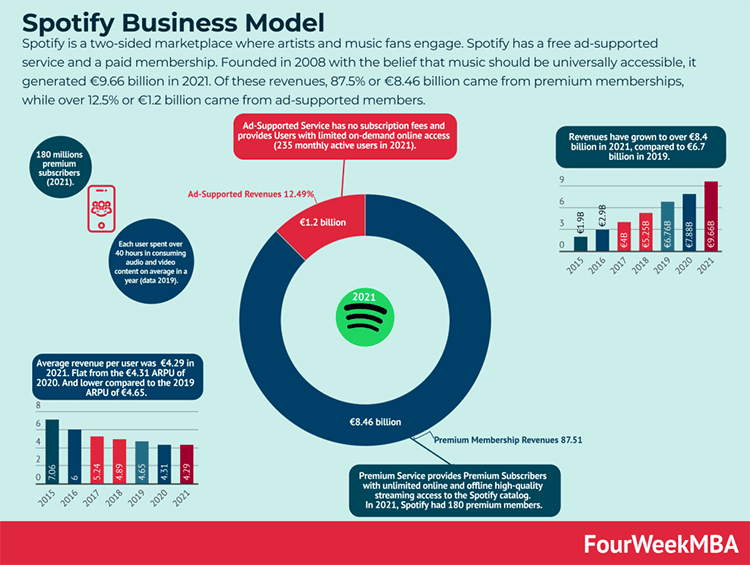
Spotify has different contracts with different rights holders, so the percentages do vary. But, as a rule, the Spotify pay out rate is approximately two-thirds of every dollar that they make from music in royalties. This includes money from Spotify premium listeners on the Premium Tier, and money from advertisers on the Free Tier.
Like every other major streaming service, Spotify uses a method called “streamshare,” which pays royalties based on an artist’s share of overall streams across the platform.
Spotify does not have any control over how rights holders distribute payments to artists. Once again, that is determined by the agreements that artists make with their music’s rights holder.
It is a complicated process. But, Spotify’s goal is to help more musical artists than ever before find success through streaming, and to help professional musicians make a living.
Here is a Spotify streams payout example:
The song Love Yourself by Justin Bieber was released by Def Jam, and it had three writers — Bieber, Ed Sheeran, and Benjamin Levin.
If the song has been streamed 17.4 million times, the $0.091 per stream mechanical royalty generates about $1,583,400 in total earnings. Spotify sends that sum to Bieber’s label, Def Jam.
Based on Bieber’s agreement with his label, that money will be distributed to him and the other writers of the song. And, of course, Def Jam will get their cut.
This is an extremely simplified example of how Spotify pays artists, and most artists aren’t getting a million streams or more. But it should give you an idea of how this payout structure works.
Understanding Types of Royalties
If you want to learn how to make money on Spotify, you need to know that music on Spotify earns two different kinds of royalties:
Recording royalties: This is money that is owed to rights holders for recordings that are streamed on Spotify. It is paid to artists through the licensor that delivered the music, which as a rule is the artist’s record label or distributor.
Publishing royalties: This is money that is owed to the songwriter(s) or owner(s) of a specific musical composition. These payments are issued to publishers, collecting societies, and mechanical agencies based on the usage territory.
Typically, recording royalties make up about 75 to 80 percent of the royalties paid to rightsholders, which makes the publishing payout roughly 2o to 25 percent.
How all of this is divided up depends on the rights holder’s share of streams on Spotify, and each market around the globe. Once the money is paid out by Spotify, how much the artist gets paid depends on their agreements with the rightsholders.
Spotify has paid out over $25 billion in total royalties to rights holders, and that number is rapidly increasing.
In 2021, they paid out nearly $2 billion per quarter — more money in royalties than every other streaming service. And, they set the record for the highest annual payment from any single retailer in history.
Over 50,000 artists — across different countries, genres, and career stages — made at least $10,000 on Spotify in 2021. More than 28 percent of those artists self-distributed their music to Spotify.
Over 1,000 artists generated $1 million in revenue on the platform in 2021. Those numbers continue to accelerate each and every year.
How Much Does Spotify Pay Per Stream?
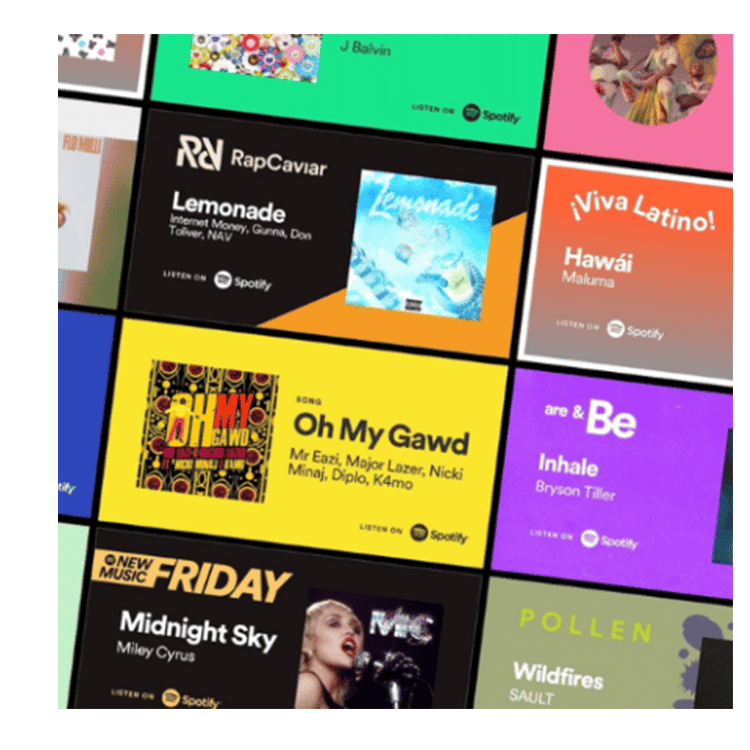
The term “pay per stream” essentially means the amount of money an artist makes for one single stream of one of their songs. However, that’s not really how Spotify pays artists. Spotify uses a method called “streamshare,” which pays royalties based on an artist’s share of overall streams across the platform.
The rate depends on three major factors: who you distribute your music with, your listeners’ country of origin, and your listeners’ Spotify account plan.
Spotify’s payout rates have changed over the years as the industry continues to adapt from a world of album sales to streaming platforms. As of 2021, the Spotify pay rate for artists is said to be approximately $.0033 per stream. When you do the math, you’ll find that you need approximately 300 streams to earn one dollar.
That “per stream” rate might seem low, but Spotify does have a model that “drives more fan engagement and generates revenue from other places.” The goal is to maximize revenue and generate as much money as possible for rightsholders, plus their artists and songwriters.
What is Considered a Payable Stream on Spotify?
A payable stream on Spotify is defined as at least 30 seconds of a user playing a single track.
Do Streaming Platforms Pay Well?
Knowing how to make money on Spotify is one thing but what about other music streaming platforms?
Platforms like Apple Music, Amazon Music, Tidal, and YouTube Music all have pay structures for artists. Some of them do pay higher rates compared to Spotify, but don’t offer other earnings methods for artists or independent artist resources.
Streaming Payouts of Other Major Streaming Services
The “pay per stream” rates as of 2022 for other music streaming platforms are:
Tidal $.013
Apple Music $.01
Amazon Music $.004
YouTube Music $.008
Pandora $.0013
Deezer $.0064
How to Get More Streams on Spotify
Spotify is the only music streaming service that has a complete menu of tools available to help artists develop their fanbase. It’s called the Spotify for Artists features page, and it has a wealth of information.
Last year, only 12% of US streams on Spotify were from the top 50 artists — so they are focusing on unknown creators. For new artists, that means there is an audience out there waiting to stream your music.
How to Make More Money From Spotify
1. Merch

Spotify for Artists is the place to go for independent artists to sell merch to their fans and control what items appear on their artist profile and release pages. Merch can be big business for creators, and that’s why it’s done on Spotify in connection with an artist’s Shopify store.
Artists can create a virtual merch table on their artist profile on Spotify, which can also be a big earner — in addition to music streaming — and increase an artist’s Spotify pay.
2. Ticketing
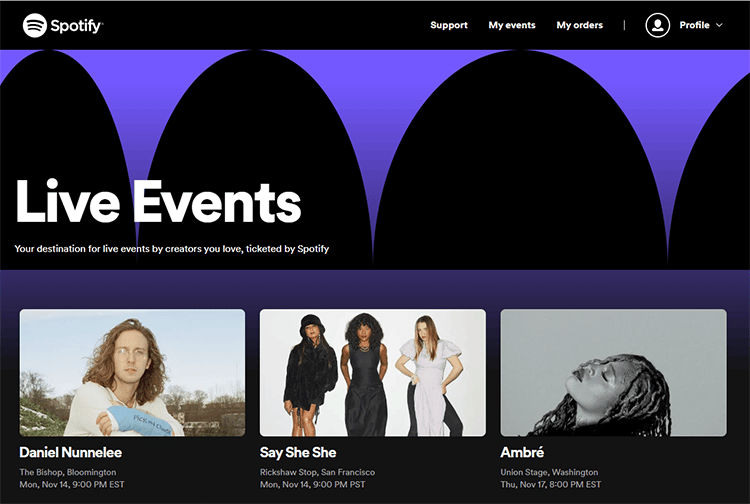
As of the fall of 2022, Spotify is also offering Spotify Tickets to artists who want to promote ticketed events, both virtual and IRL, through their Spotify channel.
In the Spotify for Artists Masterclass, the company outlines how artists can make sure their events are listed with their trusted ticketing partners and shared everywhere on Spotify that shows get promoted — the artist profile, a dedicated in-product hub, personalized emails, and notifications to fans.
3. Fan Support (Donations)

Fan Support is the new name of Spotify’s Artist Fundraising Pick feature, which allows artists to receive donations from fans in the form of tips and fundraising.
Artists can receive Fan Support through Cash App, PayPal.me, and other platforms. They can also use this feature to raise money for important causes through GoFundMe.
The only thing an artist has to do to set up Fan Support on their artist profile is to connect with one of the Spotify payment or fundraising partners through Spotify for Artists.
4. Live Audio
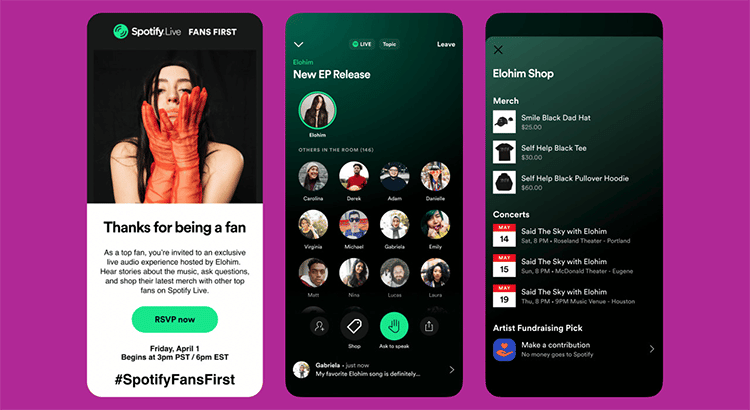
Spotify is currently testing exclusive live audio rooms — a new way that artists can interact directly with fans. Artists can host these intimate, live audio rooms with their top Spotify fans and can monetize the experience. They are starting this new Live Audio experience with the Spotify Live app.
If you’re an artist who is interested in helping test this new product, you can sign up here.
5. Use Spotify Analytics to Plan a Live Tour
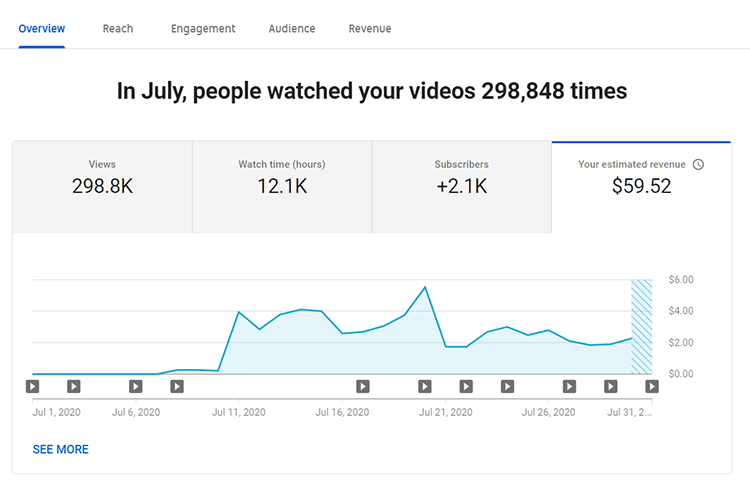
The analytics that independent artists have access to via Spotify for Artists includes information about demographics like sex, median age, and geographical region.
An artist can use this info for planning a tour in areas with the highest concentration of fans and target merch to specific groups.
6. Promote Your Concerts With Spotify
Spotify for Artists also allows you to promote your concerts on the streaming platform. To do this, you must list them on one of their ticketing partner sites, like Ticketmaster or SongKick.
7. Playlists and Reviews
More than 150,000 artists were added to Spotify playlists for the first time in 2020/2021, and many were discovered through the Spotify for Artists’ playlist pitching tool, which is completely free. This will help your music stand out, earn new listeners, get more Spotify streams, and make more money.
8. Blogging on Spotify
Unlike other streaming services, artists can also create a blog on Spotify to help build their fanbase and promote their music, touring, and merch.
There you have it, an accurate answer to the question of ‘How do artists make money on Spotify?’ plus some tips.
While most people think of the surface-level opportunity of getting listeners to their streams, this article should help you understand all of the great opportunities Spotify provides for growing musical artists.
